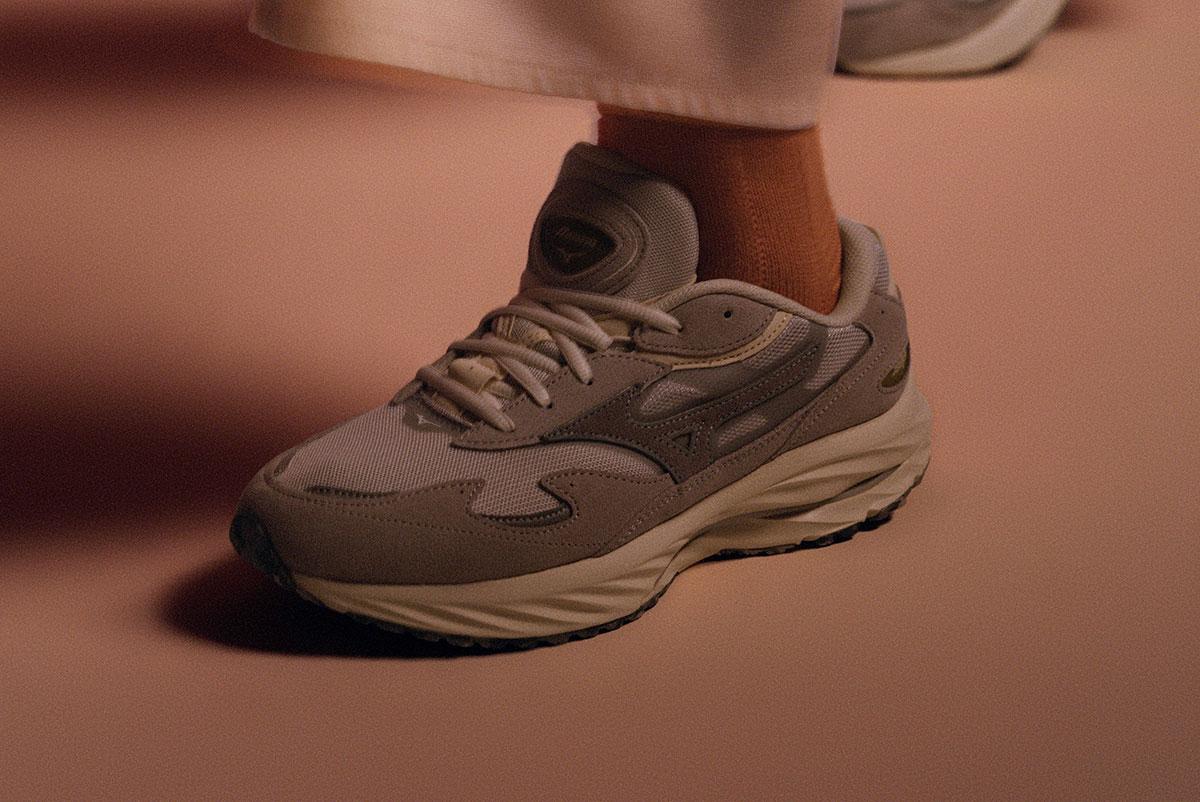How Mizuno Run Sportstyle in the Wave Rider β
are masters of the long game. While founded almost 120 years ago as innovators in multiple sports disciplines, the Japanese brand’s footwear story truly begins in a more contemporary context. In modern times, enlightened consumers are living in Mizuno’s next renaissance period with the β (aka Beta), the Sportstyle delineation of the namesake Wave Rider performance line. Here’s how they got there.

From Baseball to the RunBird
Brothers Rihachi and Rizo Mizuno founded Mizuno Brothers Ltd. in Kita Ward, Osaka, in 1906. While initially selling Western paraphernalia, namely baseballs and adjacent equipment, the brothers soon ventured into other ball sports like tennis and golf, which remain key categories for the brand today. Skiing was also part of the repertoire – just one advantage of having some of the world’s finest pow on earth.
In 1972, Mizuno launched M-Line, a series of general-purpose athletic shoes bearing a simple M logo on the sides that proved popular. As the decade played out, Mizuno looked to step foot into the running boom that was taking the world by storm. They had a major market to tap into, and one that was leading the fitness kick: America.
Mizuno entered the 1980s by officially offering their shoes to the USA. In need of a distinct logo to identify themselves in this new venture, the brand introduced the RunBird trademark, which debuted on an eponymous running shoe in 1983. The RunBird has since appeared on just about every Mizuno product to this day.
